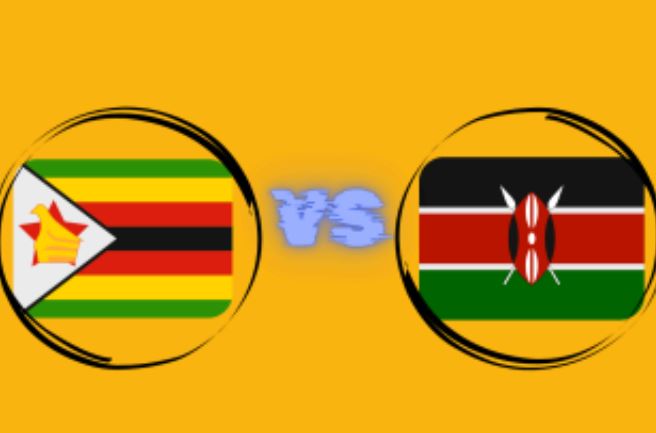 Form I-130, Petition for Alien Relative officially refers to the first immigration process through which US citizens or Green Card holders can help their family members to immigrate to the USA.
Form I-130, Petition for Alien Relative officially refers to the first immigration process through which US citizens or Green Card holders can help their family members to immigrate to the USA.
This form is used to verify the family relationship that is required for the relative to gain such legal permanent resident status.
In this article, you can learn more about Form I-130, who can file it, and who needs to complete the supplemental Form I-130A.
Who can file Form I-130?
Form I-130 is the form that can be filed only by the U.S. citizens and green card holders, for the immigration of some close family members. Here’s who qualifies:
1. U.S. citizens can file for:
- Spouses.
- Parents (if only the petitioner is at least twenty-one years old).
- Unmarried children under 21.
- To categorize the participants in this study, we used the following criteria: adulthood, marriage and number of children Participants were divided into three groups including Married adult children or married participants with children Unmarried adult children/ Participants without any children
- Siblings in the cases of the petitioner are at least 21 years of age.
Lawful permanent residents can file for:
- Spouses.
- Both minor and independent women and men without a spouse.
The qualifying family relationship is established by filing form I 130.
Though it does not give the relative an automatic approval for a green card which enables the relative to proceed with consular processing internationally or adjustment in the United States.
Who needs to submit Form I-130A?
If a US citizen or permanent resident is sponsoring their spouse, then an additional Form I-130A known as “Supplemental Information for the Spouse Beneficiary” must be submitted.
It also obtains more details about the spouse who the other spouse seeks to sponsor for residency.
Here’s what you need to do:
- Personal Information: Enter your spouse’s complete legal name, his or her date of birth, country of birth, and nationality. Make sure the entries cut across the data you entered in the vouchers and tally with official documents.
- Residential History: List your spouse’s home addresses for the past five years, with dates for each of the addresses.
- Employment History: Employment history of your spouse over the past five years, the employer name, address, dates employed. In case you are unemployed during that time, write a note next to it.
- Signature: Your spouse has to sign Form I-130A. If they are outside the US and are unable to sign, there are provisions that USCIS provides that allow someone to submit it on behalf of the signer.
It is crucial to fill the Form I-130A properly because all the information about your relationship is true and needed for proving your marriage’s legal grounds.
How to prepare and file Form I-130
When filing for an immigrant visa through Form I-130, the following should be prepared carefully.
Here’s a step-by-step guide:
-
- Use the Latest Version: Form I-130 must be from the USCIS website, and at least the latest form must be used to avoid filing old forms. Keep in mind that immediate relatives of US citizens physically present in the US are eligible for concurrent filing, meaning that the following forms can be submitted in the one package:
a. Form I-485, Application to Register Permanent Residence or Adjust Status
b. Form I-765, Application for Employment Authorization
c. Form I-131, Application for Travel Documents, Parole Documents, and Arrival/Departure Records - Complete All Sections: Aim at presenting all the data on yourself (the petitioner) and your relative (the beneficiary) correctly. Check that there are no mistakes in names, date of births or addresses.
- Submit Supporting Documents: The other will entail affixing other documents to support the family relationship as may be needed:
For U.S. citizens: Copy of your Birth certificate, Naturalization certificate or Original United States passport.
For lawful permanent residents: A copy of your green card.
For all petitioners: Identification of their nature of relationship; this can be a marriage certificate, birth certificate, adoption documents. - Pay the Filing Fee: The fee for Form I-130 is $625. Submission of the payment should be done when filling the application form since it is non-refundable.
- Mail the Application to the Correct Address: USCIS has special mailing addresses based on where you are and how you wish to apply. If you have the USCIS, check a website to make sure you are sending it to the right place.
- Receive Receipt Notice: You then will be issued a Receipt Notice (Form I-797) that informs you that your petition has been taken by the USCIS. It is advised to preserve this notice because it bears a receipt number through which one can monitor a case.
- Use the Latest Version: Form I-130 must be from the USCIS website, and at least the latest form must be used to avoid filing old forms. Keep in mind that immediate relatives of US citizens physically present in the US are eligible for concurrent filing, meaning that the following forms can be submitted in the one package:
I-130 is used to sponsor relatives of US citizens and permanent residents for green cards.
To successfully file Form I-130 you must properly and correctly provide the personal information, documentation, and payment of the government fee.
Strictly following USCIS instructions will reduce the likelihood of delays on the path to family reunion and obtaining permanent residence status.








